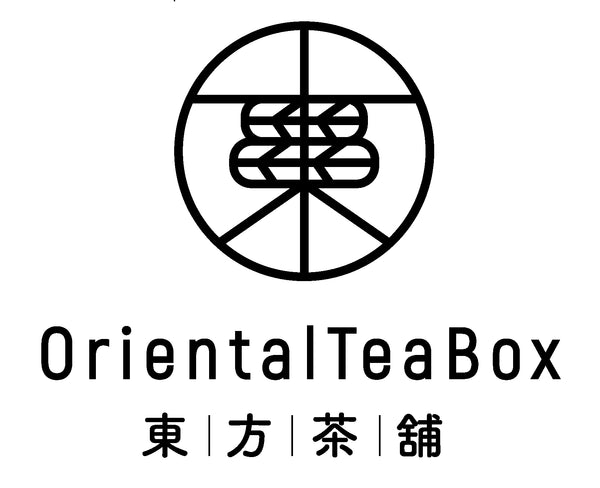A Tortoiseshell-Shaped Old Coin Sand Iron Teapot ( Kikkō-gata Kosen Satetsu Tetsubin) 御釜屋 亀甲形古銭砂鉄鉄瓶 南部鐵器
Takahiro Koizumi was assumed the title of 11th generation Koizumi Nizaemon on June 5, 2023
About the work
Made in September 2024
This is a masterpiece highly praised by architect Bruno Taut, who introduced the Katsura Imperial Villa to the world and admired its excellent design combining circles and hexagons. It is a top-tier product from the “Nizaemon Kettle” series, crafted with utmost excellence.
Made from sand iron and base metal from the Edo period, using 100% Kan’ei Tsuho coins. This is a one-of-a-kind traditional Japanese cast iron teapot crafted with sand iron by the renowned Okamaya.
A Nambu tetsubin (iron teapot) crafted by Okamaya using sand iron base metal from the Edo period, purified with their unique techniques to remove impurities. Sand iron tetsubin are known for their resistance to rust and their ability to enhance the flavor of boiled water. Additionally, when the lid is rubbed against the main body, you can enjoy a distinct, clear, and pleasant metallic tone.
Finished with High-Quality Jōbōji Lacquer
To enhance both its durability and luster, this kettle is finished with Jōbōji lacquer from Iwate Prefecture, a premium, natural lacquer that brings a polished, elegant finish. This protective coating not only accentuates the rich texture of the iron but also adds a layer of refinement to the Doragate Tetsubin, ensuring it remains a beautiful addition to any collection.
Perfect for Tea Ceremonies and Daily Use
Whether used in formal tea gatherings or in the comfort of your home, the Doragate Tetsubin serves as a bridge between traditional Japanese culture and contemporary function. Its gong-inspired shape brings an air of ceremony and tranquility, ideal for creating a peaceful tea experience. It’s an heirloom-quality piece designed to bring warmth and depth to each use.
A Timeless Piece for Collectors and Enthusiasts
The Okamaya Doragate Tetsubin is a piece of Japanese heritage, crafted to last and admired for its elegance and functionality. For tea enthusiasts, collectors, or anyone with an appreciation for fine craftsmanship, this tetsubin is more than a kettle—it’s an invitation to experience the harmony of tradition and utility.
Add this unique treasure to your tea collection and experience the artistry of Okamaya’s Nambu ironware in every pour.
Dimensions
20cm(h) x 17 cm(d)
Kettle height : 9 cm
Volume: 1.4 Litre
Footnote
What is Nambu Ironware?
Nambu ironware refers to cast iron products produced in the area centered around Morioka City, the former castle town of the Nambu domain. Casting is a process where molten metal (iron) is poured into molds to create objects. There are two types of casting methods: the yakegata (fired mold) method, used primarily for traditional craft items such as kettles and tetsubin (iron kettles), and the namakata (raw mold) method, used for mass-produced items like pots and wind chimes.
Origins
The history of Nambu ironware began when Shigenobu, the 28th lord of the Nambu domain, who was deeply knowledgeable about the tea ceremony, decided to create iron tea kettles using the high-quality iron available within his domain. In 1659, during the Edo period (under Tokugawa Ietsuna), he invited a kettle craftsman from Kyoto, Koizumi Nizaemon I, to create tea kettles in Morioka. Later, around 1750, Nizaemon III created the first tetsubin, expanding the range of Nambu ironware to include various crafted items. By the late Edo period, Nambu ironware became famous, even appearing in a kabuki play, where a character mentioned, "The ironware is from Nambu…". From the Meiji period onward, Nambu ironware gained high acclaim internationally and was recognized as one of Japan’s premier traditional crafts.
The Name
Originally, Nambu ironware referred specifically to iron products made within the former Nambu domain, particularly in Morioka. However, after World War II, iron products began to be produced nationwide and were often marketed as Nambu ironware, causing confusion. Eventually, the Japanese government designated that only iron products made in Morioka and the nearby Mizusawa area could be labeled as Nambu ironware.
The History of Kettle Craftsman “Koizumi Nizaemon”
The history of Koizumi Nizaemon is intertwined with the story of Nambu ironware. Nizaemon I, originally from Kyoto, was appointed by the Nambu lord in 1659 as a kettle craftsman in Morioka, marking the beginning of Nambu kettles. Around 1750, Nizaemon III created the first tetsubin, a kettle for boiling water. Over time, Koizumi Nizaemon came to be known as the exclusive craftsman for all tea kettles and tetsubin for the Nambu domain, earning the nickname Okamaya (“Great Kettle Maker”). Since then, the Koizumi family has upheld the title of Nizaemon through eleven generations. Nizaemon’s works, known as “Nizaemon Kettles,” have become highly valued for their quality and craftsmanship.
Distinctive Qualities of Nizaemon Kettles
Nizaemon kettles are known for their shapes and textures, embodying the spirit of wabi-sabi (rustic simplicity and quiet beauty). They combine traditional techniques with a modern sense of style, making them suitable for both long-term use and display. Nizaemon Kettles are made using unique finishing processes, and over time, the water boiled in them gains a mellow quality, enhancing the taste of beverages and food. They require no special treatment before use and are ready to be used from the first boiling. The water from a Nizaemon kettle is not only delicious but also believed to promote health.
This enduring legacy, crafted in the former Nambu domain’s Morioka area, is a testament to Japan's rich history in traditional craftsmanship and cultural artistry.














